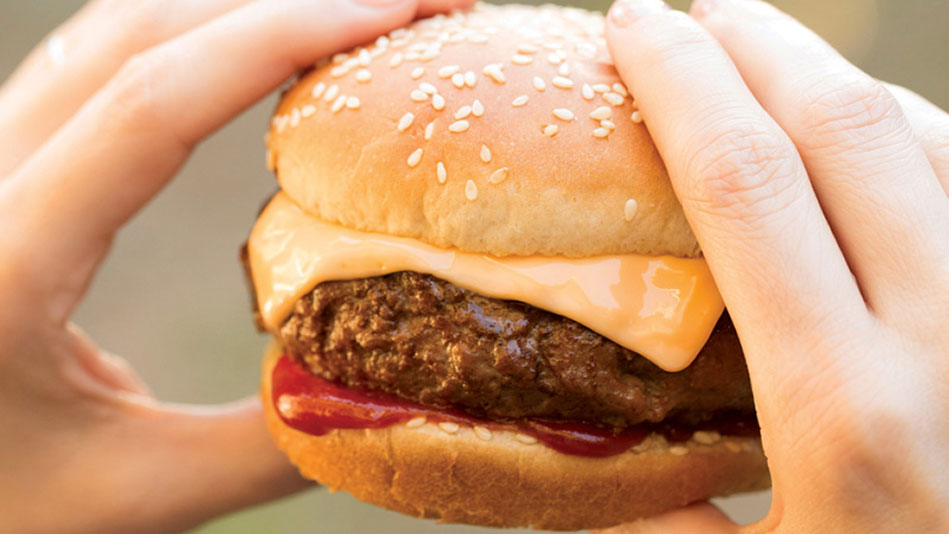Easter Traditions and Modern-Day Twists

Easter is fast approaching! My husband, Tony, is Greek Orthodox, usually celebrating Greek Easter on a different Sunday than the Catholic and Protestant celebration. This is because the Orthodox Greek Church uses the Julian calendar and the astronomical full moon as the basis for calculating Easter, as opposed to the Gregorian calendar that's followed by the Catholics and Protestant. But, every four years, Easter Sunday and Greek Easter land on the same day—and 2010 is one of those years. It's a relief for me because, in our family, we celebrate both Easters, and this year I don't have to prepare two Easter meals within weeks of each other!
I love to celebrate all the Easter traditions—from coloring Easter eggs to preparing an Easter feast that includes the traditional roasted leg of lamb.
Read about Cristina's dinner "masterpiece" and get tips for what to do with your leftover Easter eggs
I love to celebrate all the Easter traditions—from coloring Easter eggs to preparing an Easter feast that includes the traditional roasted leg of lamb.
- Try Cristina's recipe for Grilled Lamb Chops with Simple Syrup Mint Dipping Sauce
- Hot cross buns, small wheat cakes, are traditional. I don't think I ever had one—actually, I thought they were made up for a nursery rhyme! In fact, the Greeks make these round flat loaves marked with a cross and decorate them with Easter eggs.
- Pretzels, another traditional food, were first shaped to indicate the torso of a person with arms folded, praying. Who knew?
- Ham became a traditional food for Easter because when there wasn't refrigeration, the pork that wasn't eaten during the winter months before Lent was then cured for spring. The hams were ready around Easter, and a tradition of serving ham was born to celebrate the Easter dinner.
Read about Cristina's dinner "masterpiece" and get tips for what to do with your leftover Easter eggs



